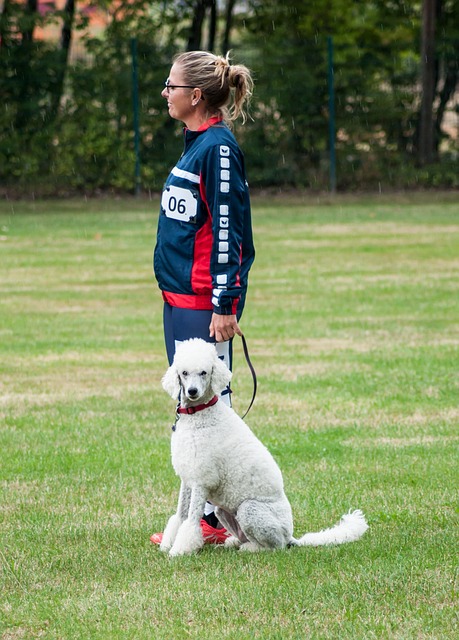San Antonio's historical housing stock poses unique challenges due to lead-based paint, requiring strategic interventions and public education. Advanced technologies like XRF analyzers and real-time air monitoring systems have revolutionized lead detection, surpassing traditional methods. Prioritizing children's health, modern strategies minimize risk during renovations. Best practices include regular inspections, professional abatement, local regulation awareness, and safety precautions to create a healthier living environment for San Antonio's youth.
In San Antonio, lead paint residue poses significant risks to children’s health. This old city has unique challenges due to its history of industrial development and housing variability. Understanding the dangers of lead paint requires an in-depth look at advanced testing methods for effective dust residue detection. This article explores these techniques while emphasizing the paramount importance of protecting children from lead exposure in San Antonio homes through best safety practices.
- Understanding Lead Paint Risks and San Antonio's Unique Challenges
- Advanced Testing Methods for Effective Dust Residue Detection
- Ensuring Safety: Best Practices for Protecting Children from Lead Exposure
Understanding Lead Paint Risks and San Antonio's Unique Challenges

San Antonio, like many urban areas across the country, has its fair share of older homes that may contain hazardous lead-based paint. This is a significant concern for residents, especially those with children, as exposure to lead paint can have severe health implications, particularly for young kids whose developing bodies are more susceptible to its toxic effects. Lead is known to cause damage to the nervous system and brain development issues, making it crucial to address this problem effectively.
The city’s unique history and rapid growth present specific challenges when it comes to lead paint testing and remediation. The diverse architectural styles found in San Antonio’s housing stock include older structures built before 1978, when lead-based paint was commonly used. These homes may have flaking or chipping paint that poses a risk to families living within them. Protecting children from lead paint in San Antonio homes is not just an issue of public health but also requires strategic interventions and awareness campaigns to educate homeowners about the risks and available resources for safe abatement.
Advanced Testing Methods for Effective Dust Residue Detection

In today’s digital era, advanced testing methods have revolutionized the way we detect lead dust residue, particularly in safeguarding children’s health in San Antonio homes. Traditional techniques often rely on visual inspections and simple air sampling, but these methods may miss subtle traces of lead paint deterioration. Modern technologies such as X-ray fluorescence (XRF) analyzers offer a more comprehensive solution. These portable devices can rapidly scan surfaces, identifying the presence and concentration of lead with remarkable accuracy. By employing XRF technology, professionals involved in lead abatement projects in San Antonio homes can ensure that every corner is thoroughly assessed, providing an extra layer of protection for children’s well-being.
Additionally, real-time air monitoring systems have emerged as game-changers in dust residue detection. These sophisticated tools continuously measure airborne particles, including those containing lead, offering instant feedback during renovation or painting processes. This allows for immediate corrective actions to be taken, minimizing the risk of lead exposure. Protecting children from lead paint in San Antonio homes is not just about identifying hazards; it’s about implementing cutting-edge strategies that ensure their safety and peace of mind.
Ensuring Safety: Best Practices for Protecting Children from Lead Exposure

In San Antonio, protecting children from lead paint in homes is paramount for their health and well-being. Lead dust residue, a byproduct of lead-based paint deterioration or disturbance, can be particularly hazardous to young individuals whose developing bodies are more susceptible to its toxic effects. To safeguard our community’s future generations, it’s crucial to follow best practices when it comes to lead testing and dust residue detection. Regular inspections and professional abatement services play a vital role in minimizing risks associated with lead paint in homes where children reside.
Parents and caregivers should be educated on the potential dangers of lead exposure, especially during renovation or remodeling projects. Simple precautions like using wet methods to reduce dust generation, employing protective equipment, and ensuring proper ventilation can make a significant difference in protecting children from lead paint in San Antonio homes. Staying informed about local regulations and guidelines pertaining to lead safety is also essential for creating a healthier living environment for our kids.
San Antonio’s unique challenges regarding lead paint necessitate proactive measures, especially when it comes to protecting children. By employing advanced testing methods for dust residue detection and adhering to best practices, residents can mitigate risks effectively. These strategies ensure a safer environment for kids, addressing the city’s specific needs in lead paint removal and prevention.
